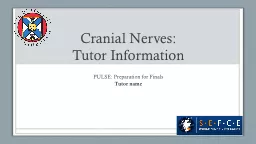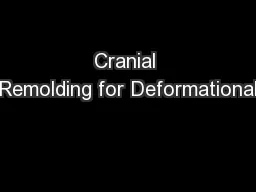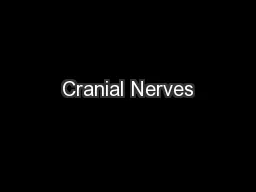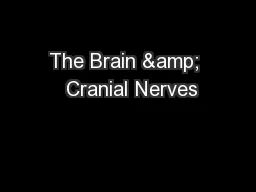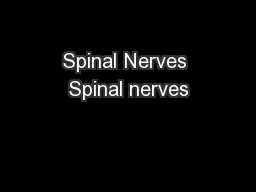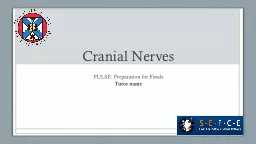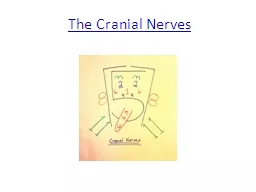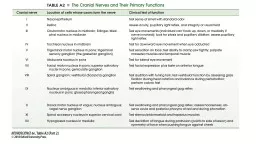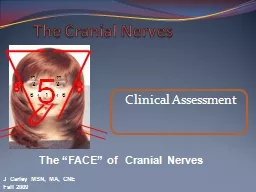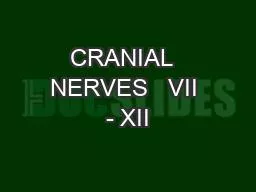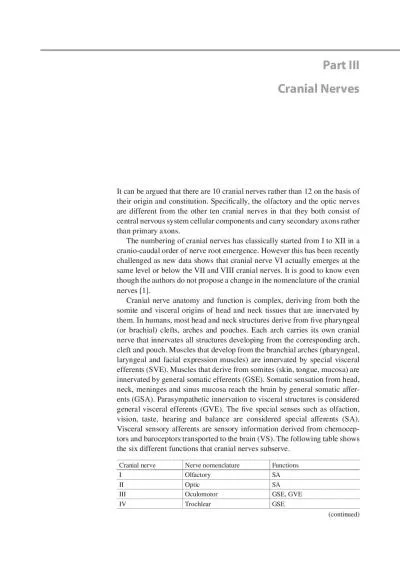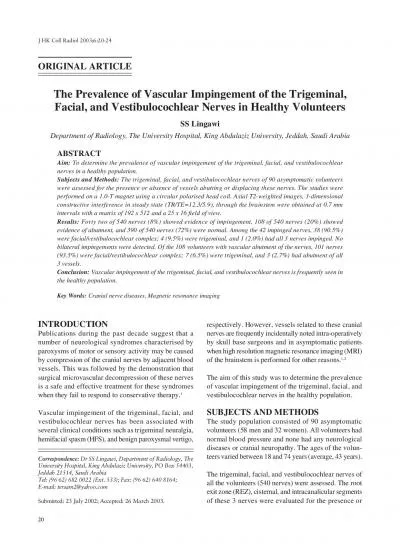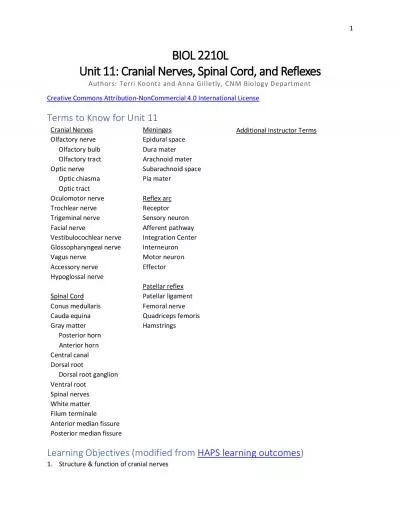PPT-Cranial Nerves: Tutor Information
Author : leusemij | Published Date : 2020-06-17
PULSE Preparation for Finals Tutor name Resource summary Common OSCE questionstopics Casebased additional information Cases 1 3 Common questions Things you might
Presentation Embed Code
Download Presentation
Download Presentation The PPT/PDF document "Cranial Nerves: Tutor Information" is the property of its rightful owner. Permission is granted to download and print the materials on this website for personal, non-commercial use only, and to display it on your personal computer provided you do not modify the materials and that you retain all copyright notices contained in the materials. By downloading content from our website, you accept the terms of this agreement.
Cranial Nerves: Tutor Information: Transcript
Download Rules Of Document
"Cranial Nerves: Tutor Information"The content belongs to its owner. You may download and print it for personal use, without modification, and keep all copyright notices. By downloading, you agree to these terms.
Related Documents

